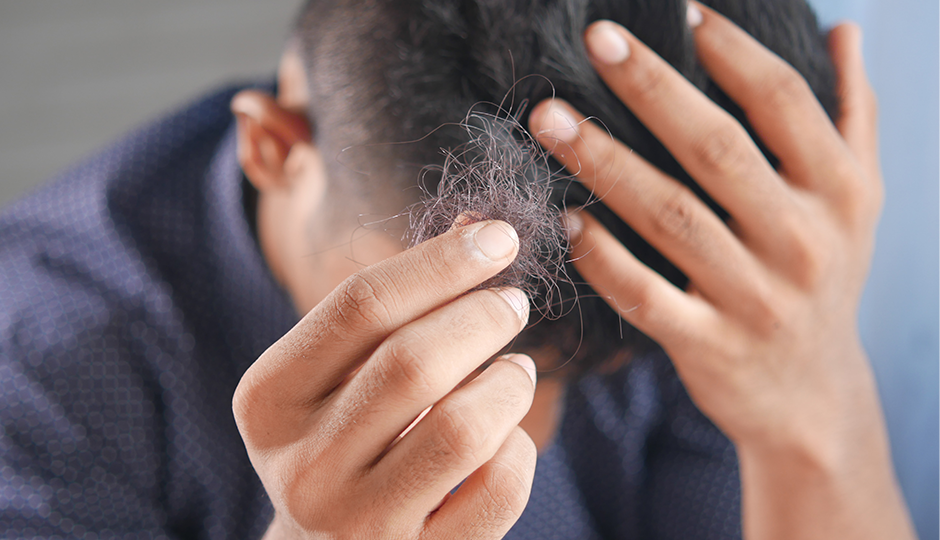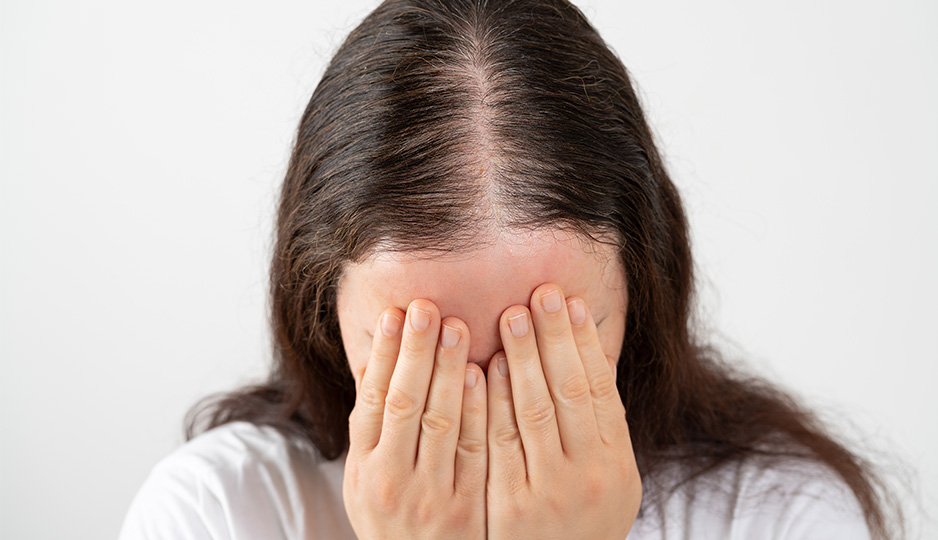What is the difference between normal hair shedding and hair loss? The terms 'hair shedding' and 'hair loss' are often used interchangeably. While the result of either is the same: less hair on your head, hair shedding, and hair loss are very different.
Hair shedding and hair loss can be frustrating and alarming, no matter the cause. However, to solve your hair issue, you must understand what is causing it in the first place. So, what is the difference between hair shedding and hair loss, and how can you tell which of these you're suffering from?
What Is Hair Shedding?
Hair shedding is a part of your hair's natural growth cycle. The average person's head has around 100,000 strands of hair, and losing about 100 to 150 strands daily is normal. Hair shedding will usually go unnoticed because new hair growth quickly replaces any lost hair.
Several factors can interfere with the hair's growth cycle and cause excessive hair shedding. Excessive hair shedding is usually temporary and stops when the cause is no longer present.
Two common causes of excessive hair shedding include:
- Stress: High stress levels are a significant contributor to excessive hair shedding. During periods of stress, the body produces more androgens, hormones that regulate the hair growth cycle and your hair follicles. Stress can cause your hair to prematurely enter the telogen or resting phase of the hair growth cycle, inhibiting new hair growth until your stress levels return to normal. Stress associated with significant life events, such as the loss of a job, divorce, or the death of a loved one, often triggers excessive hair shedding.
- Hormonal imbalance: Your hormone system is finely balanced, and even a slight change in one hormone can severely impact the system. A hormonal imbalance can disrupt the hair's growth cycle and force more follicles into the exogen or shedding phase. For instance, pregnancy, childbirth, and menopause are all characterized by significant hormone changes that can affect your hair's growth.
What Is Hair Loss?
Unlike shedding, which is usually temporary, hair loss occurs when something interferes with the hair follicle's ability to grow healthy hair. Hair loss, also referred to as alopecia, tends to develop gradually, and without treatment, the hair follicles may become permanently damaged, leading to irreversible hair loss.
While hair loss is common for both men and women, there are several types, each with different causes and symptoms.
- Alopecia areata is a sudden hair loss that often starts with one or more circular bald patches that may overlap.
- Anagen effluvium is a condition that affects the hair's growth during the anagen or growth stage of the hair cycle.
- Androgenetic alopecia, often called male or female-pattern baldness, is a hereditary condition and the most common type of hair loss.
How To Tell the Difference Between Hair Shedding and Hair Loss
It's often challenging to differentiate hair loss and hair shedding. It's normal to find some hair in your brush or the shower drain, but if there seems to be more than usual, it could be excessive hair shedding or the beginning of permanent hair loss.
Most types of hair loss occur gradually, and while common for both men and women, solutions are available. Whether you are dealing with excessive hair shedding or a hair loss condition, the hair experts at LH Hair can help.
Our team can help you determine if you are experiencing excessive hair shedding or hair loss and recommend steps to correct the issue. To learn more about the difference between hair shedding and hair loss, contact us today and schedule your FREE initial consultation.



